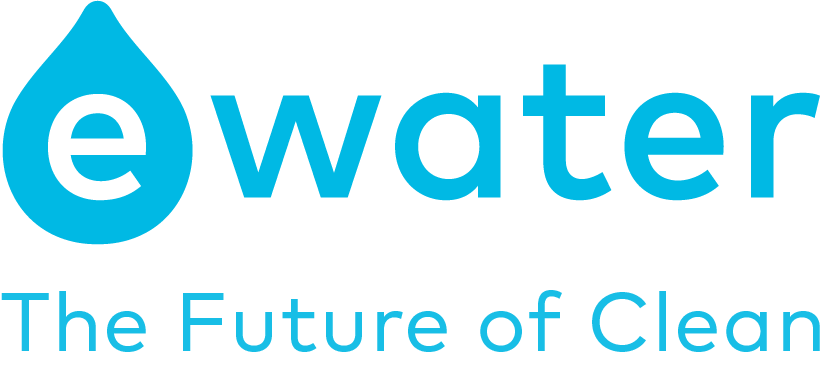Study Highlights:
Treatment with Acidic Electrolysed Water (eWater Sanitiser), significantly reduced the populations of native aerobic bacteria, and molds and yeasts, on the surfaces of red cabbage.
Electrolysed Water offers many advantages in the decontamination of vegetables and fruits including without impact on the tissue pH, surface colour, general appearance, customer acceptance, and no off-odour or off-flavour production.
Electrolysed Water was also shown to prolong red cabbage shelf life.
Optimal wash time to achieve these results with Electrolysed Water is 3 mins (67% efficiency gain over traditional methods).
The Issue
Food poisoning is alarmingly common in Australia with an estimated 5.4 million cases a year. Caused by food contaminated with bacteria, viruses or toxins, the symptoms can be very unpleasant, ranging from mild stomach upset to long term health problems and even death in rare cases. With the multitude of food going in and out of commercial kitchens, proper preparation and handling is vital.
When most people think of food poisoning, things like meat, eggs and seafood come straight to mind. Little do they know that there can be some other big offenders that would seemingly slide under the radar. Fresh fruit and vegetables to be served raw in salads, coleslaw’s, desserts and garnishes can pose a problem as they can be exposed to harmful bacteria from soil.
To mitigate against these dangers, most chefs and food producers uses a mild chlorine chemical solution to sanitise fresh produce. A typical protocol for this would be to clean the produce in water to remove all visible dirt and then sanitise them by soaking in 100 ppm Sodium hypochlorite (commonly known as bleach) for 5 minutes.
Chefs, food producers and consumers are increasingly demanding an alternative method sanitising. One that is more environmentally friendly, doesn’t require a packaged bleach chemical that can change the flavour and effect nutritional values, and most importantly can be completed faster and cheaper.
Electrolysed Water has been proven to be one means of achieving this due to its ‘green credentials’, low cost and fast solution. A recent study published by Oxford Academic in their Food Quality Journal reinforced both the benefits and efficacy of Electrolysed Water for sanitising fresh produce. Studying the effects of decontaminating S. typhimurium from Red Cabbage using Acidic Electrolysed Water (AEW), the research proved both efficacy and associated benefits.
Commentary from the Study
Acidic electrolysed water (AEW) contains hypochlorous acid, a weak acid. It has strong oxidation potential, and a shortage of electrons giving it the ability to oxidize and destroy microbes as well as toxins. Therefore, AEW can be used as a disinfectant and an antimicrobial agent. It is well known that the treatments with -
AEW have many advantages in the decontamination of vegetables and fruits including without impact on the tissue pH, surface colour, general appearance, customer acceptance, and no off-odour or off-flavour.
In recent years, AEW as ‘green’ process and technology has gained interest as a bactericide against a variety of microorganisms, to remove pesticide residues, and to reduce mycotoxin attributes on the applications of agriculture harvest, supermarket, and food industry.
DW (distilled water) treatments did not show statistically significant effects on the inactivation of all microbial cells compared with the untreated samples. In contrast, after the red cabbages were treated by AEW, the populations of native aerobic bacteria, and molds and yeasts, on the surfaces of red cabbage were significantly reduced 2.33–6.72 log CFU/g, and 0.94–3.48 log CFU/g, respectively. The most suitable ACC of AEW for washing red cabbage was 100 mg/L for 3 min. In these optimal process conditions, most of the native microflora were inactivated, and artificially inoculated S. typhimurium DT104 on the red cabbage were reduced by 40.2 per cent (3.67 log CFU/g), also the washing water has not been cross-contaminated and could be recycled.
The surface colour, pH, and total phenolic contents of red cabbage were not significantly affected by 3 min washing with the 100 mg/L of AEW. Although the anthocyanin contents and antioxidant activities of red cabbage were significantly reduced by 18.5 per cent for cyanidin, and 22.1 per cent for pelargonidin, and 11.2 per cent for DPPH radical scavenging activity, the impacts on the nutritional benefits of red cabbage were considered as limited and acceptable.
Therefore, 100 mg/L of AEW washing solution can be used as an alternative environmentally friendly sanitizer in fresh-cut food industry to prolong red cabbage shelf life.
The optimal process condition of AEW for washing red cabbage was 100 mg/L ACC for 3 min. In these conditions, most of the native microflora were inactivated, and artificially inoculated S. typhimurium DT104 on the red cabbage were reduced by 40.2 per cent [3.67 log CFU/g (log10 colony-forming units per gram)] and with minimal losses of nutrients and antioxidant activity, as well as no requirement of decontamination treatment on the washing water after AEW treatment.

